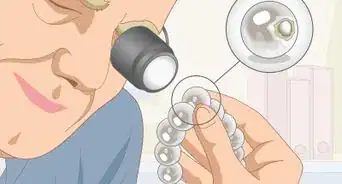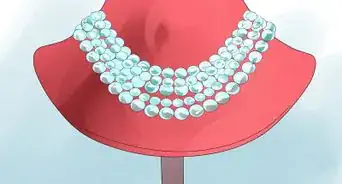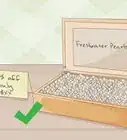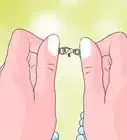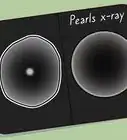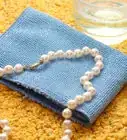This article was co-authored by wikiHow Staff. Our trained team of editors and researchers validate articles for accuracy and comprehensiveness. wikiHow's Content Management Team carefully monitors the work from our editorial staff to ensure that each article is backed by trusted research and meets our high quality standards.
There are 13 references cited in this article, which can be found at the bottom of the page.
This article has been viewed 226,088 times.
Learn more...
Finding a pearl, especially in the wild, is a rarity. However, it can be done, though it's best if you visit an area known for its commercial pearls. If you want to up your odds a little bit, consider taking a guided diving tour to find a pearl.
Steps
Finding a Pearl While Eating or Buying Oysters
-
1Order oysters. One way to find pearls is to eat oysters in restaurants. It is unusual to find a pearl in a restaurant oyster, especially one of high value. The odds are definitely stacked against you with this method, though it can be done. In fact, edible varieties of oysters generally produce a different type of "pearl" than pearl oysters,[1] but true pearls have very occasionally been found by diners.
- You don't just have to order oysters on the half shell. Any dish with oysters in it is fair game.
- You can also try buying oysters to eat at home from a fish market. To shuck an oyster at home, place the slit face up. Insert a table knife in one end of the slit, pushing downward slightly and moving across the opening. Pull the oyster open to look for a pearl. If it doesn't have one, you can still enjoy the oyster.
-
2Know what to look for. Most pearls found in edible oysters aren't worth much or anything. They are usually misshapen and especially hard. However, be on the lookout for round pearls. If it is colorful, such as purple or orange, it can be worth a lot more.Advertisement
-
3Don't bite down. If you feel something hard when eating oysters, try not to chomp down on it. For one, as noted, most pearls found in edible oysters are especially hard and could crack one of your teeth. In addition, you don't want to swallow it. Pull it out of your mouth immediately. If it looks round, smooth, and lustrous, have it appraised at a jeweler's.
-
4Purchase pearl oysters. Some companies sell pearl oysters that can be shipped directly to your home. These companies generally guarantee that you will have an oyster with a pearl in it.
Going Pearl Diving
-
1Find a guided diving tour. If you've never gone pearl diving before, it's best to use a guided tour. You can find one online or through a travel agency.[4]
- Some pearl diving companies let you dive for naturally grown pearls. Others are part of a farming operation. You'll have better luck finding pearls with farming operations, but you likely won't get as much diving time.[5]
- In fact, some companies guarantee you will find a pearl, or they will give you one.[6]
-
2Be a good swimmer. To go pearl diving, you will need to be able to swim well. While you may have the aid of scuba gear, in some places you won't. Either way, you need to be able to swim.[7]
- If you don't already know how to swim, consider taking swimming lessons from your local parks and recreation department or YMCA.
-
3Wear the proper attire. The proper attire will depend on where you are. For instance, in Dubai, they have you wear long flowing white pants and a matching top, provided by the company. In that case, the idea is to protect you from jellyfish. Ask the company you are diving with what would be most appropriate.[8]
-
4
-
5Shuck the oysters. At the end, a trained technician will help you shuck the oysters. In some cases, they may use a machine to help gently pry the oyster open. In that case, the oyster will go back in the ocean after the pearl has been removed.[11]
Getting a Mussel-Diving Permit and Diving for Pearls
-
1Visit a state with natural pearls. In the United States, your main options are Kentucky Lake and Tennessee River in Tennessee and San Angelo for freshwater pearls. For saltwater pearls, your main option is Hawaii.[12]
- While you can find mussels that produce pearls in other areas, these are the main states for commercially viable pearls.
-
2Pay the fee. In most areas, you will need to pay a fee for a permit. In Tennessee, for example, license fees are based on whether you are a commercial in-state resident ($200 in 2016) or commercial out-of-state resident ($1,000 in 2016). You may also get a license as a wholesaler ($500 in 2016).
-
3Employ a diver's down flag. When you are in the water, you usually must use a diver's flag. The flag shows that there is someone under the water. In Tennessee, for instance, the law specifies that no boat can go within 50 feet of the flag nor cause wakes withing 200 feet of the flag. The only boat that can be within 50 feet is the boat used to dive from.
-
4Dive for pearls. Like with a guided tour, you will likely need to take a boat to the diving area, especially if you are diving for saltwater pearls. However, many freshwater mussels are found in stream beds. So when hunting for freshwater pearls, you only need to walk along areas of the river. Mussels can be difficult to find because they are camouflaged to blend in with the sand and silt at the bottom of the river.[13]
- Check for mussels in shallow water. Generally, sandy areas are best, and you'll be able to find them in rivers, lakes, and streams.[14]
- Many fisherman use waders to wade into the river and gather mussels. Essentially, you wade into the middle of shallow water and feel around in the bottom of the steam for mussels.[15]
- In lakes, you can employ similar methods of feeling for mussels, but you may need basic diving equipment.[16]
- If the water is not murky, you'll be able to see mussels sticking up out of the sand at the bottom.[17]
-
5Shuck your mussels. Use a dull knife to shuck your oyster. Place it on a hard surface with the opening up before inserting the knife on one side into the slit on top. Push across the slit, slanting down as you go. Once you've done this step, you should be able to pull it open and look for your pearl.
- Burnish your pearl with table salt and a soft cloth that's a little damp.
-
6Follow local regulations. Usually, the mussels you take will need to be of a certain size. In Tennessee, for instance, they lay out the size for each species.
- The easiest way to measure your mussels is to use a ring with an interior that is the specified size. Then you just see whether the mussel passes through or not.
- For pink heelsplitters and washboards, the mussels need to be 4 inches in diameter. River pigtoes, lake pigtoes, maple leafs, southerns, three ridges, and elephant ears need to be 2 5/8 inches in diameter, while ebonies and monkey faces need to be 2 3/8 inches in diameter.
Community Q&A
-
QuestionHow do I tell if an oyster, mussel, or clam will produce a pearl?
 SkgflysCommunity AnswerThere are no obvious signs that an oyster, mussel, or clam has a pearl inside. You just have to open it to see; it's kind of like a guessing game. That being said, larger oysters, mussels, or clams may have pearls because they've had a longer time to develop.
SkgflysCommunity AnswerThere are no obvious signs that an oyster, mussel, or clam has a pearl inside. You just have to open it to see; it's kind of like a guessing game. That being said, larger oysters, mussels, or clams may have pearls because they've had a longer time to develop. -
QuestionWhat is a good site to buy pearl-bearing oysters from?
 Community AnswerFor mussels, I use AliExpress.
Community AnswerFor mussels, I use AliExpress. -
QuestionAny round pearls from the wild above 7mm in diameter valuable?
 Community AnswerIt depends. Is it near round or perfectly round? What is the color? Does the nacre have imperfections? Is it very lustrous or have mild luster, or is it almost a matte? Your best bet, in all honesty, is to take it to a jeweler who specializes in pearls to get the best answer. If its a pearl you found in a local source or on vacation, the value to you will be higher because of the memories associated with finding it (emotional value). If that's the case, maybe buy a nice cage or have it made into a ring or necklace to be passed down along with the story of where it came from. Sometimes in life, the value is more than a dollar amount.
Community AnswerIt depends. Is it near round or perfectly round? What is the color? Does the nacre have imperfections? Is it very lustrous or have mild luster, or is it almost a matte? Your best bet, in all honesty, is to take it to a jeweler who specializes in pearls to get the best answer. If its a pearl you found in a local source or on vacation, the value to you will be higher because of the memories associated with finding it (emotional value). If that's the case, maybe buy a nice cage or have it made into a ring or necklace to be passed down along with the story of where it came from. Sometimes in life, the value is more than a dollar amount.
References
- ↑ http://www.amnh.org/exhibitions/pearls/marine-pearls/pearls-on-the-half-shell
- ↑ https://www.rawpearls.com.au/pearl_knowledge
- ↑ http://www.amnh.org/exhibitions/pearls/marine-pearls/pearls-on-the-half-shell
- ↑ http://greenglobaltravel.com/2013/10/13/pearl-diving-bora-bora-tahiti/
- ↑ http://greenglobaltravel.com/2013/10/13/pearl-diving-bora-bora-tahiti/
- ↑ http://greenglobaltravel.com/2013/10/13/pearl-diving-bora-bora-tahiti/
- ↑ http://www.timeoutdubai.com/aroundtown/features/32166-pearl-diving-in-dubai
- ↑ http://www.timeoutdubai.com/aroundtown/features/32166-pearl-diving-in-dubai
- ↑ http://www.timeoutdubai.com/aroundtown/features/32166-pearl-diving-in-dubai
- ↑ http://greenglobaltravel.com/2013/10/13/pearl-diving-bora-bora-tahiti/
- ↑ http://greenglobaltravel.com/2013/10/13/pearl-diving-bora-bora-tahiti/
- ↑ http://www.karipearls.com/where-are-pearls-found.html
- ↑ http://molluskconservation.org/MUSSELS/Habitat.html
- ↑ http://www.eattheweeds.com/musseling-in/
- ↑ http://www.uvm.edu/~pass/tignor/mussels/find.htm
- ↑ http://www.uvm.edu/~pass/tignor/mussels/find.htm
- ↑ http://www.uvm.edu/~pass/tignor/mussels/find.htm
About This Article
Finding a pearl can be as easy as purchasing oysters, if you’re lucky. Go to a restaurant, seafood market, or oyster farm and get lots of oysters. The more you have, the better your chances will be for finding a pearl. You’ll most likely have to shuck these oysters yourself. To shuck them, insert a knife into the slit and push downward. Once you’ve sliced through the slit, move the knife around to open the oyster. Look for a pearl on the inside. Pearls from edible oysters can be many colors, like orange, purple, blue, white, or pink, and are typically shaped irregularly instead of a sphere. If there is no pearl in the oyster, eat it or throw the shell away and move onto the next one. If you are determined to find a pearl and have the resources to do so, read on to learn about how to go pearl diving! If you are determined to find a pearl and have the resources to do so, read on to learn about how to go pearl diving!
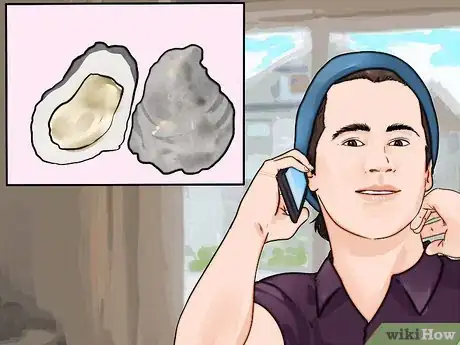
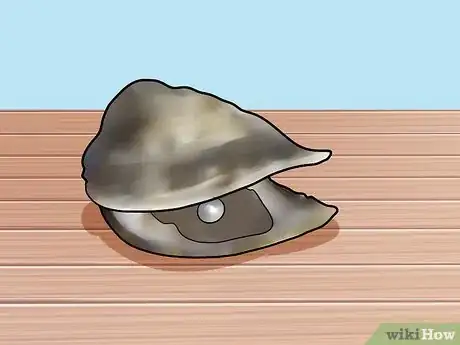
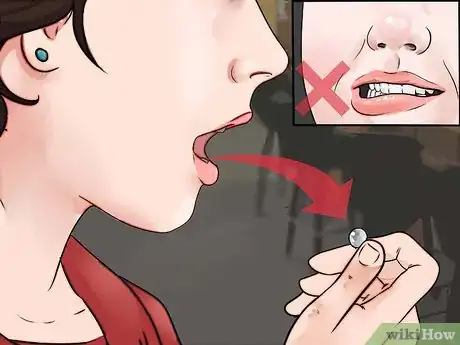




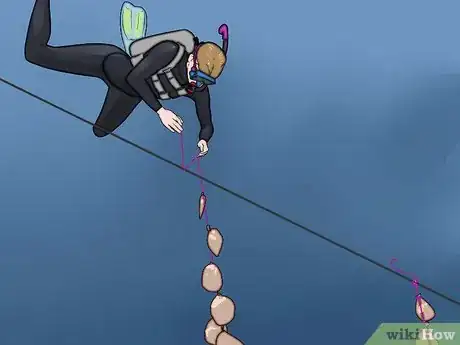
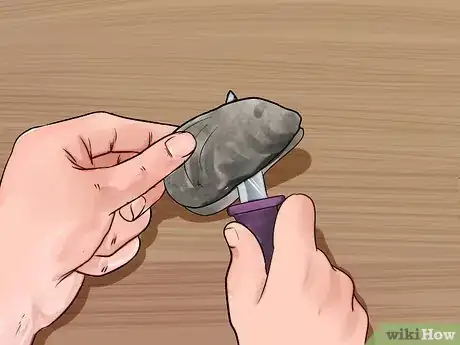
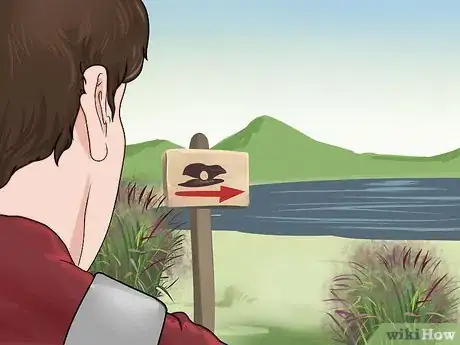


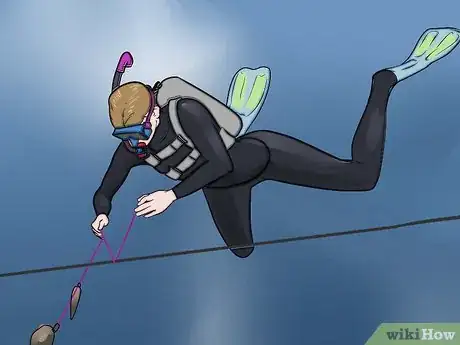
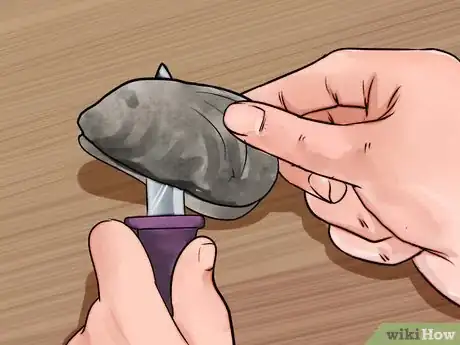

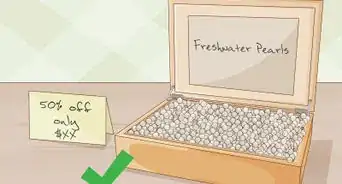
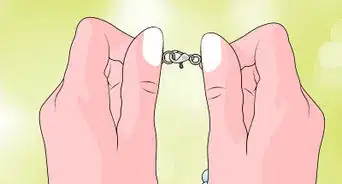
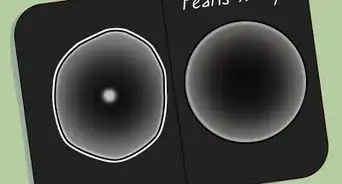
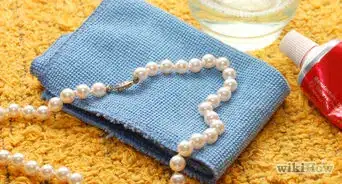
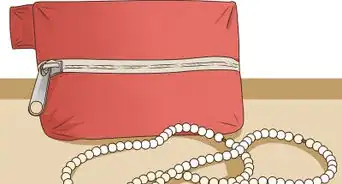
-Step-4.webp)


